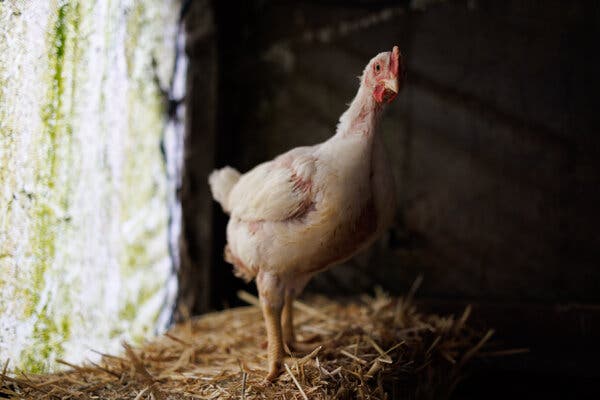Global Health
Unlike the coronavirus, the H5N1 virus has been studied for years. Vaccines and treatments are available should they ever become necessary.

Bird flu outbreaks among dairy cows in multiple states, and at least one infection in farmworker in Texas, have incited fears that the virus may be the next infectious threat to people.
The influenza virus, called H5N1, is highly pathogenic, meaning it has the ability to cause severe disease and death. But while its spread among cows was unexpected, people can catch the virus only from close contact with infected animals, not from one another, federal officials said.
“It’s really about folks who are in environments where they may be interacting with cattle that are infected with this virus,” said Dr. Demetre Daskalakis, the director of the National Center for Immunization and Respiratory Diseases at the Centers for Disease Control and Prevention.
“The risk for most everyone else is very low,” he added. “Right now, our risk assessment hasn’t changed, but if it does change, we’re going be pretty quick and pretty transparent about that.”
Avian influenza is often fatal in birds, but none of the infected cows have died so far. The only symptom in the patient in Texas was conjunctivitis, or pink eye, which was also reported in people infected during other bird flu outbreaks.
The C.D.C. and other agencies in the United States and elsewhere have tracked H5N1 for years to monitor its evolution. Federal agencies have stockpiled vaccines and drugs to be used in a possible bird flu outbreak.

